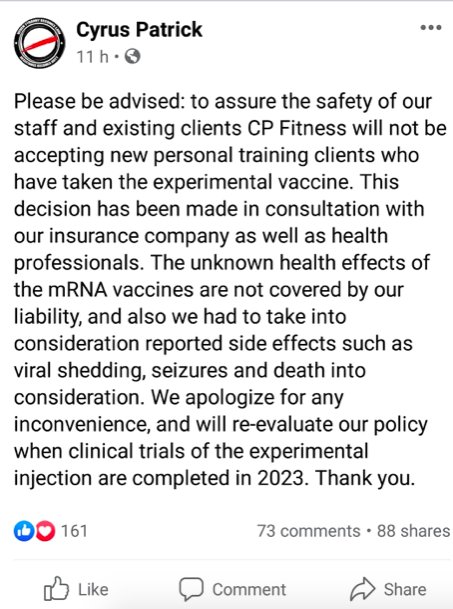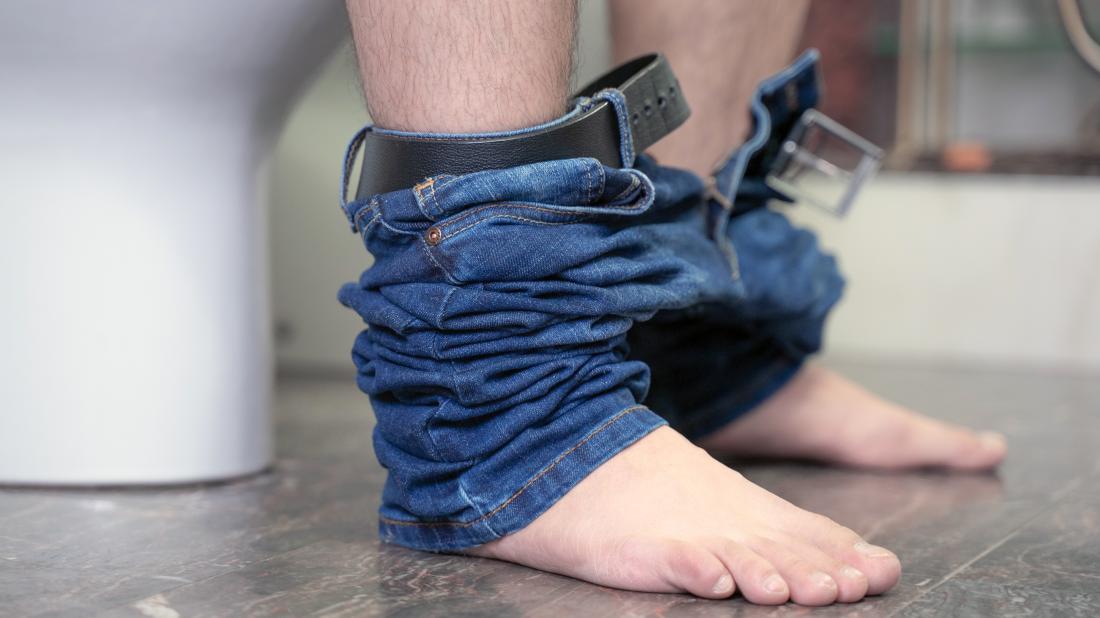Using Herd Immunity Excuse for Gene Therapy Vaccine on Kids
In children and young adults from age birth to 19, the survival rate of COVID-19 is 99.997%.1,2 In most cases, symptoms are mild or nonexistent. Among children who were hospitalized, 0.19% of children died from COVID-19, with researchers concluding in a 2021 study, “Hospitalization and in-hospital death are rare in children diagnosed with COVID-19.”3
Despite the fact that COVID-19 has had little impact, physically, to children, health officials are setting the stage for widespread vaccination of this population. The University of Oxford, which is collaborating on a COVID-19 vaccine with AstraZeneca, is already enrolling children between the ages of 6 years and 17 years and 8 months in their U.K. vaccine trial.4
A COVID vaccine for infants and children is every bit as unnecessary, dangerous and foolish as the
hepatitis B vaccine is for infants that I have been railing against for the past two decades.
Moderna is also enrolling 3,000 children between the ages of 12 and 17 to test their COVID-19 vaccine, using the same dose given to adults,5 while Pfizer also expanded its clinical trials to include children as young as 12.6 Johnson & Johnson even announced on February 28, 2021, that it plans to test its COVID-19 vaccine on infants, including newborn babies, pregnant women and people with compromised immune systems.
“They did not get into a lot of detail about it but did make it clear they will be pursuing pediatric and maternal coronavirus immunization studies,” Dr. Ofer Levy, a member of the FDA’s advisory committee who reviewed Johnson & Johnson’s vaccine data, told The New York Times.7
It’s Gene Therapy — Not a Vaccine
The COVID-19 vaccine really isn’t a vaccine in the medical definition of a vaccine. It’s more accurately an
experimental gene therapy, of which the
effectiveness and
safety are far from proven. During the first six weeks the vaccine was available, more than 500 post-vaccination deaths and nearly 11,000 other adverse events were reported to the U.S. Vaccine Adverse Event Reporting System (VAERS).8
According to Children’s Health Defense (CHD), professor Dolores J. Cahill, Ph.D., a molecular biologist and immunologist, “expects to see successive waves of adverse reactions to the experimental messenger RNA (mRNA) injections ranging from anaphylaxis and other allergic responses to autoimmunity, sepsis and organ failure.”9
Considering that children are at extremely low risk from COVID-19, vaccination offers them far more risk than benefit, and parents may be understandably reluctant to volunteer their children to receive this experimental and unlicensed gene therapy. Public health officials have made it clear, however, that vaccination of children is expected. CHD reported:10
Dr. Anthony Fauci, director of the National Institute of Allergy and Infectious Diseases (NIAID), also stated that 85% to 90% of the U.S. population, including children, will need to receive a COVID-19 vaccine before life can return to normal, and he suggested that first graders may be authorized to be vaccinated by September 2021.11
Using ‘Herd Immunity’ to Justify Vaccinating Children
Since children themselves have little reason to get a
COVID-19 vaccine, health officials are spinning the notion that children must be vaccinated for the sake of herd immunity. Now, they want you to think that not only should you look at the people around you as
vectors of disease, but also the children, who could be asymptomatic carriers, silently bringing a deadly disease to grandma’s house.
What’s being largely ignored, however, are the studies showing that children are not driving the COVID-19 pandemic and, in fact, appear less likely to transmit COVID-19 than adults.12
“In short, public health leaders say, parents must ‘vaccinate the young to protect the old.’ Given the federal government’s estimate that one vaccine injury results from every 39 vaccines administered, it seems clear that officials expect children to shoulder 100% of the risks of COVID vaccination in exchange for zero benefit,” CHD noted.13
Herd immunity, which occurs when enough people acquire immunity to an infectious disease such that it can no longer spread widely in the community, is calculated using reproductive number, or R-naught (R0), which is the estimated number of new infections that may occur from one infected person.14
R0 of below 1 (with R1 meaning that one person who’s infected is expected to infect one other person) indicates that cases are declining while R0 above 1 suggests cases are on the rise. It’s far from an exact science, however, as a person’s susceptibility to infection varies depending on many factors, including their health, age and contacts within a community.
The initial R0 calculations for COVID-19’s HIT were based on assumptions that everyone has the same susceptibility and would be mixing randomly with others in the community. But a study published in Nature Reviews Immunology suggested that the herd immunity threshold for COVID-19 may need to be adjusted because children are less susceptible to the disease:15
COVID Gene Therapy May Not Prevent Transmission
Another point being largely ignored in the mainstream media is that it’s unknown if the COVID-19 vaccines prevent transmission, putting a major hole in the push for vaccine-driven herd immunity.
Unlike conventional vaccines, which use an antigen of the disease you’re trying to prevent, the COVID-19 injections contain synthetic RNA fragments encapsulated in a nanolipid carrier compound,16 the sole purpose of which is to lessen clinical symptoms associated with the S-1 spike protein, not the actual virus.
They do not actually impart immunity or inhibit transmissibility of the disease. In other words, they are not designed to keep you from getting sick with SARS-CoV-2; they only are supposed to lessen your infection symptoms if or when you do get infected.17,18
At a virtual press conference held by the World Health Organization (WHO) on December 28, 2020, WHO officials warned there is no guarantee that COVID-19 vaccines will prevent people from being infected with the SARS-CoV-2 virus and transmitting it to other people.19
In a New Year’s Day interview with Newsweek, Fauci reinforced the WHO’s admission that health officials do not know if COVID-19 vaccines prevent infection or if people can spread the virus to others after getting vaccinated.20
Although the U.S. Food and Drug Administration (FDA) granted Emergency Use Authorization (EUA) in December 2020 for Pfizer/BioNTech21 and Moderna22 to release their experimental mRNA vaccines for use in the U.S., the companies only provided evidence from clinical trials to demonstrate that their vaccines prevented mild to severe COVID-19 disease symptoms in vaccinated participants compared to unvaccinated trial participants.
The companies did not investigate whether the vaccines prevent people from becoming asymptomatically infected with the SARS-CoV-2 virus and/or transmitting it to other people.23,24
Meanwhile, if you or your child recovered from COVID-19 or had an asymptomatic case, you likely already have some level of protective immunity25 — another factor being largely ignored in the push to vaccinate children. In fact, trials suggested there’s
no benefit to getting vaccinated among those who have been previously infected with COVID-19.26
Using Herd Immunity Excuse for Gene Therapy Vaccine on Kids (mercola.com)













